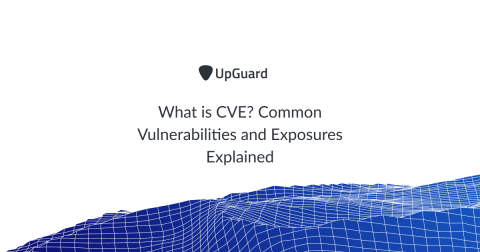What is CVE? Common Vulnerabilities and Exposures Explained
Common Vulnerabilities and Exposures (CVE) is a list of publicly disclosed information security vulnerabilities and exposures. CVE was launched in 1999 by the MITRE corporation to identify and categorize vulnerabilities in software and firmware. CVE provides a free dictionary for organizations to improve their cyber security. MITRE is a nonprofit that operates federally funded research and development centers in the United States.








